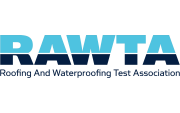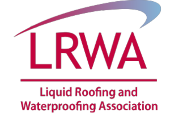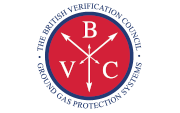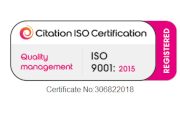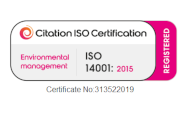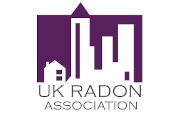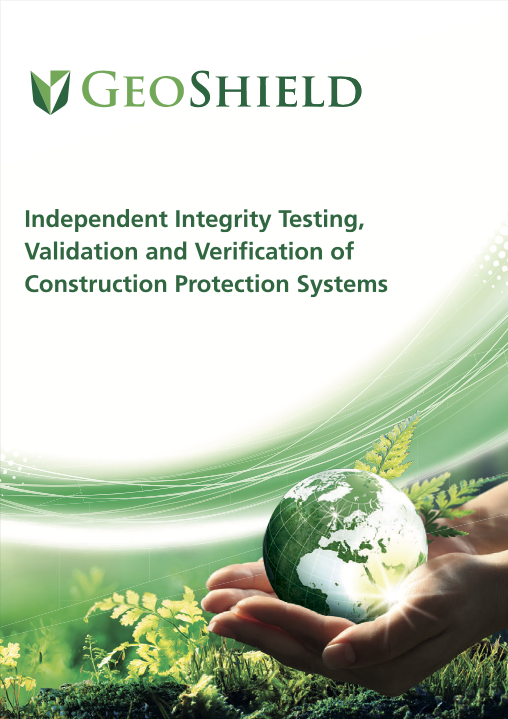
Ground Gas Protection,
Verification & Validation
Services
Nationwide Coverage
24 Hour Rapid Response Team
Schedule your Ground Gas Verification by calling: 0113 3208639
Email enquiries to projects@geoshield.co.uk

Ground Gas Protection,
Verification & Validation
Services
Nationwide Coverage
24 Hour Rapid Response Team
Schedule your Ground Gas Verification by calling: 0113 3208639
Email enquiries to projects@geoshield.co.uk
How May We Assist Your Project?
- Membranes (and ancillary materials) must be chosen which will survive the construction process & provide suitable future protection.
- Follow-on trades must be made aware of the purpose of gas membranes to reduce risk of damage.
- Verification is as important as design and installation.
- A risk based approach to verification is required and an independent third party should be used for verification to avoid conflicts of interest.
- Integrity testing should be used as well as visual inspection to demonstrate a gas tight seal is present across the membrane.
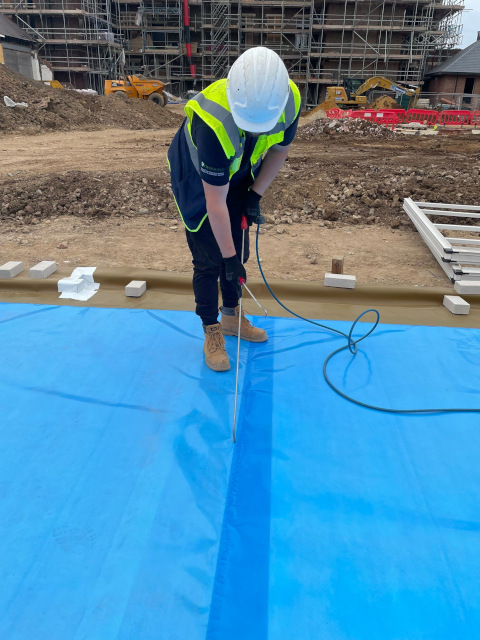
Mandatory Requirements For Gas Membrane Testing
In 2015, the British Standard for the Code of Practice for the design of protective measures for methane and carbon dioxide ground gases for new builds was updated BS 8485:2015+A1:2019 supersedes all previous guidance.
BS 8485:2015+A1:2019, operating alongside the CIRIA 735 code of practice, states Independent Membrane Verification and Testing Programs are as important as the design and installation process.
Many Contractors are unaware of the advances put forth by the British Standards and CIRIA and to how projects may fail to meet current requirements; GeoShield Limited ensure contracts are in accordance with:
- BS 8485:2015+A1:2019
- CIRIA 735 (2014)
- CL:AIRE RB17 (2012)
BS 8485:2015+A1:2019 sets the codes of practice which govern the installation of gas proof membranes. Dependent on the various project risks and criteria independent inspection is mandatory.
GeoShield provides gas membrane testing and verification requirements from inception to completion.
An Independent Testing and Membrane Verification program is required as an integral part of the project strategy, back-up documentation needs to be in place and hand-over package included in the final documents.
For more information Property Care Association Code of Practice for the Protection of Structures from Ground Gases
The Verification Process
CIRIA 735 states that the verification plan (which includes consideration of the need for any integrity testing) becomes an integral part of the design of the gas protection system. As each project is unique in terms of size, construction type and ground gas protection system the GeoShield service of Verification follows the most up to date industry guidelines, with a focus on 6 obligatory components, whilst creating a bespoke, distinct and precise solution for the client:
- The Verification is 100% independent and has no conflict of interest with the membrane manufacturer, installer or client
- A Verification Plan is provided as early as possible in the project build up. This involves all parties in the application of the gas membrane.
- Ventilation should not be overlooked and must be considered as an effective first line of defence.
- Verification should be considered as important as installation, design and material choice. "Any Ground Gas Protection Membrane is only as good as its installation"
- The degree and intensity of independent verification should reflect the assessed level of risk, the nature of the gas protection system, the quality of the product(s) and the competence of the installer.
- Follow on trades must be made aware of the consequences of misuse regarding the Gas Membrane. The Verification Plan will highlight these items to the relevant parties.
The Verification Strategy
Good practice for verification of ground gas protection measures has been brought together within a new key guidance document (CIRIA C735, 2014). This guidance is written for designers, installers, verifiers and regulators and clearly defines that Verification is as important as design and installation and should not be ignored. A risk-based approach to verification is required and an independent third party is to be used for verification to avoid conflicts of interest. The Verification Monitoring Process included in the Strategy adheres to the following:
- Regular structured reporting to all relevant parties
- Continuous evaluation of the membrane performance
- Competency evaluation of the installation process and application team
- Applications are correct in accordance with project specific specifications and design details
- The logging and reporting of any conflicting issues, concerns, hindrances and delays restricting the correct application of the Ground Gas Protection System.
The Verification Report
The GeoShield Verification Report is a user friendly document published in hard copy, cloud link, instant email and flash drive. The final report is a concise document that relates to the history of the Ground Gas Protection System application process. The final report will have:
- A description of the inspection regime
- A description of the elements of the ground gas protection system
- A presentation of the material specifications etc.
- Dates of inspection, inspection staff present, weather conditions and the surrounding trades activity
- Specifics relating to the level of training, competency and accuracy of the installation team
- Installation photos along sectors and grid lines
- Recognized defects and repairs along sectors and grid lines
- Areas inspected along sectors and grid lines
- Areas of limitation: areas unable to be inspected, identified and noted
The Testing Protocol
The testing protocol is determined at the Verification Plan stage, at this point the risk to health is evaluated and the specific system performance tests are decided, these may include:
- Visual records
- Destructive joint testing
- Non-Destructive Smoke testing
- Non-Destructive Tracer Gas
- Non-Destructive Compressed Air Lance test
- Dielectric Porosity testing

